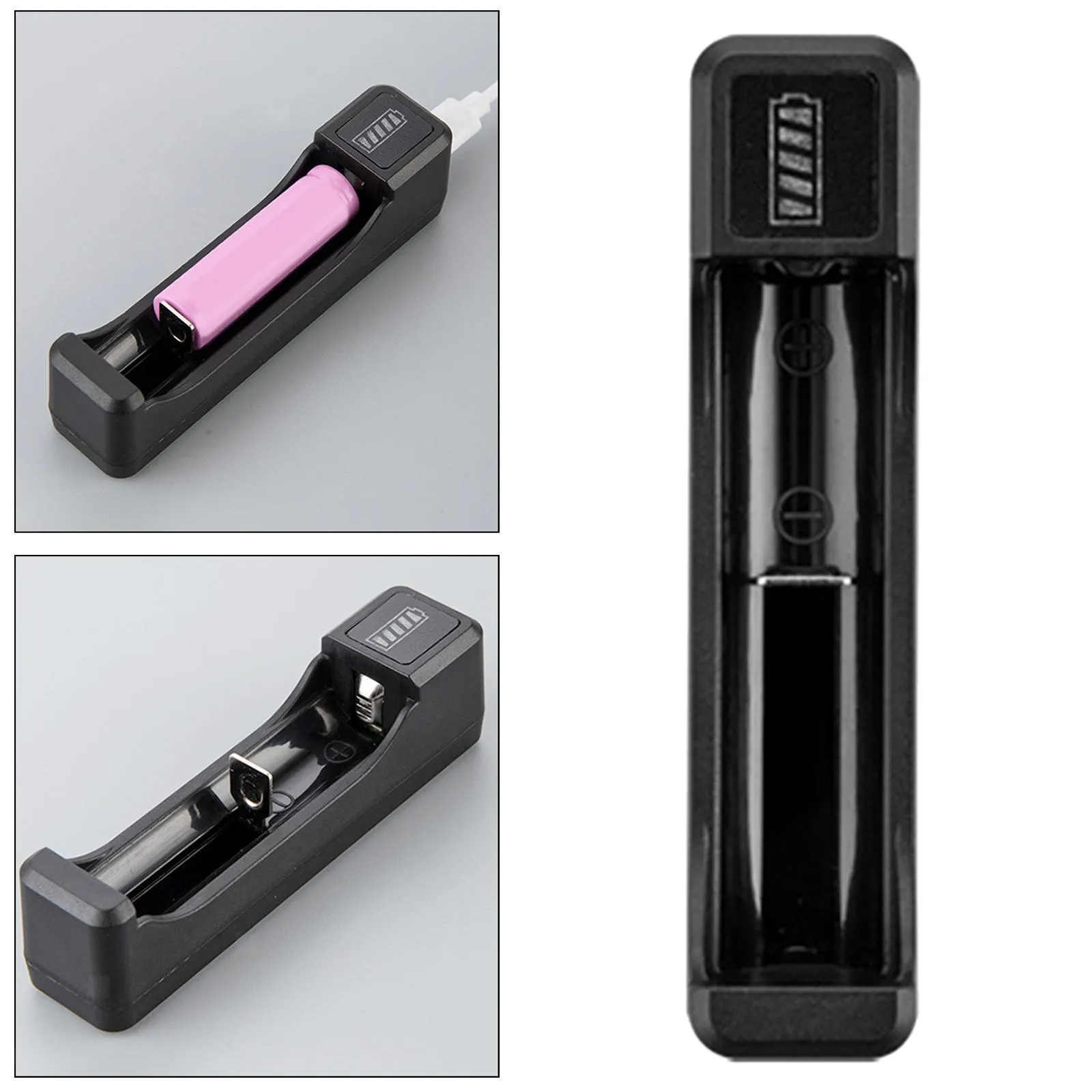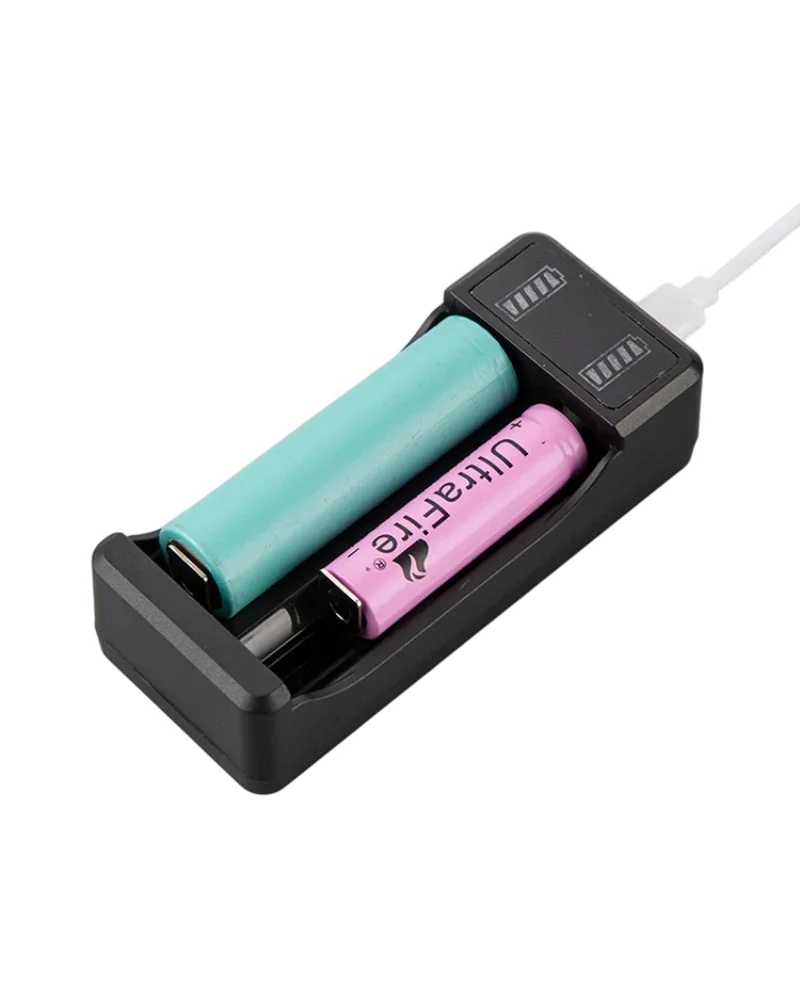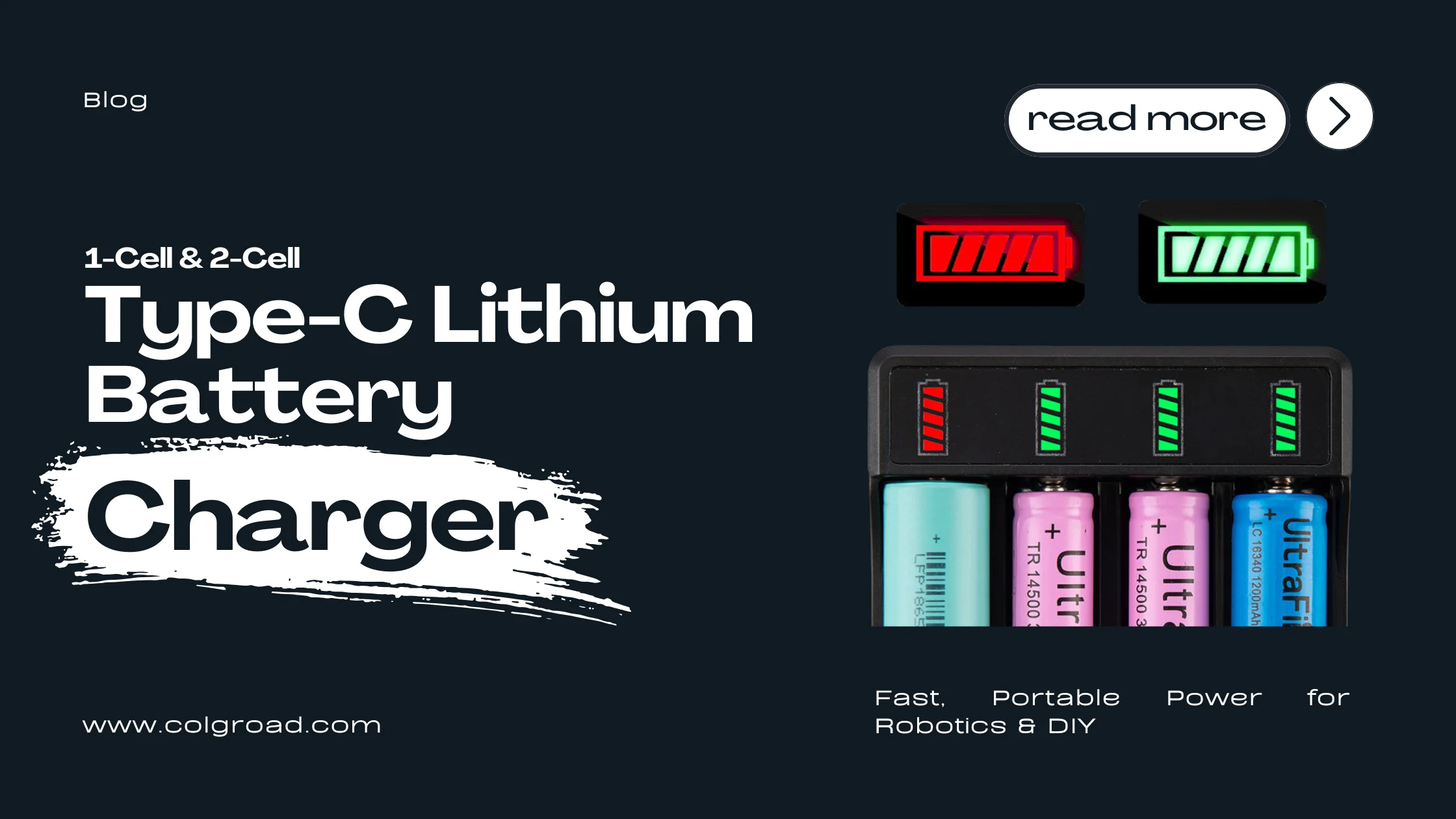Why Type-C battery chargers matter for robotics and DIY projects
If you design or tinker with portable electronics from hobbyist robotic cars to custom flashlights, the way you charge batteries matters. Modern projects increasingly rely on lithium cylindrical cells like 16340, 14500, and 18650 because they pack high energy in a compact form. A reliable Type-C lithium battery charger makes those cells easier to charge, safer to manage, and more convenient to use in the field.
What is Type-C charging and why it’s better
USB Type-C (often shortened to USB-C) has become the universal connector for power and data. Its advantages for battery chargers include reversible plug orientation, better power delivery negotiation, and broad compatibility with common phone chargers, power banks, and laptops.
According to industry information, USB-C adoption has made charging more flexible across devices, which means a Type-C lithium battery charger can be powered from the same chargers you already own, reducing cable clutter and increasing portability.
Practical benefits
- Universal cable compatibility: use one USB-C cable for multiple devices.
- Improved power delivery: many Type-C hosts provide stable 5V and higher currents.
- Smaller, more robust ports for repeated field use.
1-slot vs 2-slot chargers: which do you need?
Choosing between a single-slot and a two-slot charger depends on how you use your batteries. Here’s how to decide:
1-Slot Type-C Lithium Battery Charger, when to choose it
- Best for users who charge one battery at a time, simple, compact, and usually lighter.
- Great for single-battery tools, occasional replacements, or when you keep a small spare cell in your kit.
- Often more affordable and extremely portable.
2-Slot Type-C Lithium Battery Charger: When to choose it
- Ideal if you rotate batteries frequently (e.g., a robot that needs a quick turnaround between runs).
- Useful for small teams or projects with more than one battery pack to maintain.
- It can cut waiting time when multiple cells must be ready for a single session.
Key features to look for in a Type-C lithium battery charger
Whether you pick the 1-slot or 2-slot option, these features materially affect usability and safety:
- Adaptive charging current: the charger should detect cell type and adjust current (commonly between 0.5A and 1A for smaller cells).
- Cell compatibility: confirm support for 16340, 14500, and 18650 cells (most flexible chargers support all three).
- Safety protections: overcharge, overcurrent, reverse polarity, and short-circuit protection are essential.
- Compact Type-C input: enables powering from modern power banks and phone adapters in the field.
- Charge status indicators: easy-to-read LEDs or a small display to tell you when the cell is done.
Real-world example: portable robotic car kits
Imagine a compact robotic car that runs on a single 18650 cell. You need predictable charge cycles and minimal downtime between testing sessions. Using a Type-C lithium battery charger means you can recharge with any USB-C power bank during a field test or plug into a laptop during development. If you have two drive packs, a 2-slot charger helps keep both ready for quick swaps.
Note: 18650 cells typically range from roughly 1800 to 3500 mAh, depending on chemistry and manufacturer, so charge times vary by cell capacity and the charger’s output current (according to common battery datasheets).
Product spotlights: compact Type-C chargers from Colgroad
Below are two practical options that fit most robotics and DIY needs. I’ve placed image placeholders so you can add product photos later.
1-Slot Type-C Lithium Battery Charger (16340/14500/18650 Cells)

1-Slot Type-C Lithium Battery Charger (16340/14500/18650 Cells)
This single-slot charger is compact and straightforward. It’s a very unique and affordable charger available at colgroad.com, making it a solid choice for hobbyists who need a no-fuss charger that fits easily into a tool bag or kit box. Its small footprint and Type-C input make it an excellent travel companion for field repairs and quick top-ups.
2-Slot Type-C Lithium Battery Charger (16340/14500/18650 Cells)

2-Slot Type-C Lithium Battery Charger (16340/14500/18650 Cells)
This two-slot charger is designed for hobbyists and makers who need to keep multiple cells ready. According to the product details, it’ll charge your cell within 30 minutes and is ideal for robotic cars and any DIY project that needs portable, battery-powered components. The dual slots help reduce downtime, charge one battery while the other is in use or waiting for a swap.
Why this matters for robotics: when testing motor runs, sensors, and autonomous routines, a second charged battery can save significant time. The Type-C input also means you can plug it into power banks or USB-C adapters at events and workshops.
Safety tips when charging lithium cells
- Always use a charger designed for the specific cell types you have (16340, 14500, 18650).
- Charge in a well-ventilated area away from flammable materials.
- Never leave charging batteries unattended for extended periods.
- Use Type-C power sources that provide steady output; avoid cheap, unregulated adapters.
- Inspect cells for physical damage before charging; do not charge swollen or punctured cells.
Installation and best practices
Most Type-C lithium chargers follow similar steps:
- Insert the battery with the correct polarity into the slot.
- Connect a USB-C cable to a quality power source (5V recommended for standard chargers).
- Watch the LED indicators to confirm charging has started and to detect completion.
- Remove the battery when fully charged and allow the charger to cool before storing.
Conclusion: Choose the right Type-C lithium battery charger for your project
For hobbyists and makers, USB-C battery chargers blend convenience, compatibility, and portability. If you only need to keep one spare cell on hand for a small robotic car or handheld tool, the 1-slot Type-C lithium battery charger offers affordability and compactness. If you rotate batteries frequently or use multiple packs, the 2-slot Type-C lithium battery charger speeds up readiness and reduces downtime.
Both options from Colgroad provide flexible Type-C input and support for popular lithium cells (16340, 14500, 18650). Add the product photos using the placeholders above and pick the model that matches your workflow: single-slot simplicity or dual-slot convenience.
Next steps: decide how many cells you need ready at any time, check your typical cell capacities (mAh), and choose the matching charger. For direct product options, visit the 2-slot model and 1-slot model on Colgroad to compare specs and pricing.
Sources and notes: industry charging behavior and cell capacities referenced from common battery datasheets and Type-C adoption notes from USB-C industry materials.


